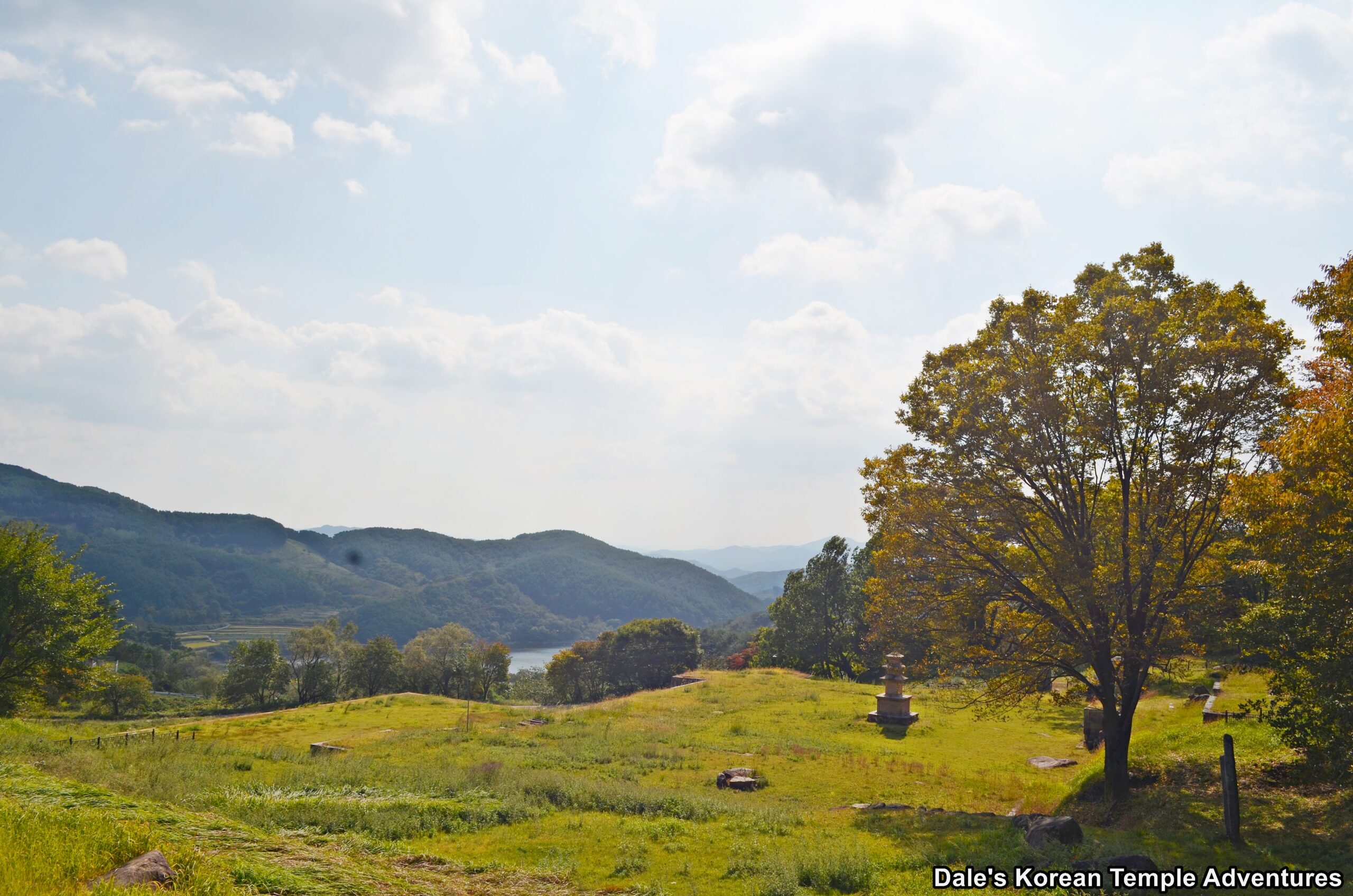
Temple Site History
The Yeongamsa-ji Temple Site is located on the southern slopes of Mt. Hwangmaesan (1,113 m) in southwestern Hapcheon, Gyeongsangnam-do. The temple is believed to date back to the Silla Dynasty (57 B.C. – 935 A.D); however, the exact date as to when the temple was first established is unknown. According to historical records, the monk Jeogyeon-daesa (932-1014) stayed at the temple until his death at the age of 83. Another indicator of the temple’s origins can be discerned from the style of the temple. The style of the temple indicates that it was grounded in esoteric Buddhism, which was popular in the late Silla Dynasty (57 B.C. – 935 A.D.).
In 1984, an archaeological team excavated part of the Yeongamsa-ji Temple Site. During that time, the main hall was discovered. In addition to the main hall, an attached building was also discovered. The archaeologists also discovered that the three-story pagoda, the stone lantern, and the main hall were all placed in a straight line. Also, in a neighbouring clearing, a pair of stele were located on either side of another shrine hall. In total, it was discovered through these archaeological efforts that the main hall had been rebuilt three separate times. Besides these discoveries, numerous other things were located on the temple site, as well. These included foot stones and roof tiles that dated back to the end of Unified Silla (668-935 A.D.) and up to the Goryeo Dynasty (918-1392). Also, a Gilt-bronze Standing Buddha that was created in the 8th century was also excavated at the site, which helps us to better understand when the temple was first founded.
Another interesting feature of the temple, which gives archaeologists a better understanding of the temple, are the artifacts that still remain at the Yeongamsa-ji Temple Site like the stone stairs on either side of the central main hall platform. The stone retaining walls for the foundation of the main hall feature stone reliefs with human and animal faces on them. Not only is it rare to have the stone stairs remain at such a historic temple site, but designs on the stairs like the pair of Gareungbinga (Kalavinka) on the northern stairs are unique, as well.
In total, the Yeongamsa-ji Temple Site is home to three Korean Treasures. They are the “Twin Lion Stone Lantern at Yeongamsa Temple Site,” which is Korean Treasure #353; the “Three-Story Stone Pagoda at Yeongamsa Temple Site,” which is Korean Treasure #480; and the “Tortoise-Shaped Pedestal at Yeongamsa Temple Site,” which is Korean Treasure #489. In addition to these three Korean Treasure, the temple site itself, the “Yeongamsa Temple Site,” is designated as a Historic Site.
Temple Site Layout
When you first approach the temple site grounds from the east, you’ll notice several stone foundations to numerous auxiliary buildings that once stood out in front of the temple. Making your way up to the next plateau, you’ll find even more elevated pieces of earth and foundation stones. These were corridors that probably acted as a stairway that led up to the final plateau that housed the main shrine halls at Yeongnamsa Temple. These large retaining walls that separate the three plateaus at the Yeongamsa-ji Temple Site are a beautiful blend of old and new stones to help reconstruct the basic outline of the former temple.
Now standing on the third, and final plateau, with the beautiful Mt. Hwangmaesan as a backdrop, you’ll notice a three-story pagoda in the centre. This is the “Three-Story Stone Pagoda at Yeongamsa Temple Site,” which is Korean Treasure #480. The pagoda is presumed to date back to the 9th century, when the temple was first built. It’s located in front of the main shrine hall. In 1969, the pagoda was discovered, but it had collapsed. Subsequently, the pagoda was reassembled, and it now stands 3.8 metres in height. It has a two-tier base and a three-story body. It’s missing its decorative finial top. The pagoda resembles the traditional Silla-era design. Additionally, the second and third story of the pagoda are significantly smaller than the first story body stone. But overall, the body seems both balanced and well-preserved.
To the right and left of the “Three-Story Stone Pagoda at Yeongamsa Temple Site” are foundations for corridors and auxiliary buildings. It’s to the rear of the pagoda that you find two sets of narrow stones on either side of a final stone retaining wall. Be careful when climbing these stairs because the stones are quite narrow.
Standing on the final raised section of the temple site grounds, you’ll first find the “Twin Lion Stone Lantern at Yeongamsa Temple Site.” This stone lantern is believed to have first been erected on the temple site sometime during Unified Silla (668-935 A.D.) during the 9th century. In 1933, the Japanese, during Japanese Colonial Rule (1910-1945), tried to take this stone lantern, but the local villagers resisted these attempts. Fortunately, it was kept, and ultimately preserved, at the local township (myeon) office. The “Twin Lion Stone Lantern at Yeongamsa Temple Site” was eventually relocated back to the temple site in 1959, after a former hermitage was built at the Yeongamsa-ji Temple Site. As for the design of the stone lantern, the light chamber is set in the middle of the lantern with a three-tiered base and a crowning capstone. The light chamber is octagonal in shape and built in the traditional Unified Silla design. However, what sets it apart is the twin lion stone statues support the light chamber. The twin lions stand atop a base stone that has a lotus design engraved on it. The lions’ back claws are stepping on top of the base stone, while the front claws hold up the upper stone lion chamber with their heads facing upwards. Overall, the design of the lions is quite realistic. As for the light chamber, the exterior is adorned with the four images of the Four Heavenly Kings.
To the rear of the “Twin Lion Stone Lantern at Yeongamsa Temple Site” is the Geumdang-ji, which is the main hall site at the Yeongamsa-ji Temple Site. There are fragmentary stone artifacts remaining on the surface of the Geumdang-ji. This includes the stone base for the main altar. Rather interestingly, and unlike most other temple sites, the Geumdang-ji retains some of its unique features like the stairs on either side of the middle portion of the embankments. While the southern set of stairs and their railings seem a little worse for wear, the northern set seem pretty well preserved all things considered. And if you look close enough, you’ll notice that both railings are adorned with what appear to be Gareungbinga (Kalavinka). Also, the stone retaining wall that is keeping the Geumdang-ji embankment in place is adorned with various stone reliefs that include human faces, animals, and even what looks to be either a tiger or lion. This engravings are quite remarkable and surprising at first glance.
To the far right of the Geumdang-ji, you’ll notice the temple site’s stone basin. It’s also in this area that there are the remains of a former auxiliary building, as well. But it’s to the left rear of the Geumdang-ji, and unmarked, that you’ll find another clearing. This clearing houses the “Tortoise-Shaped Pedestal at Yeongamsa Temple Site.” This clearing is known as the West Geumdang-ji area of the temple site grounds. Out in front of the embankment for the former shrine hall, you’ll find a stone pillar with a base. This stone pillar with base was probably the base for a stone lantern. And on either side of the embankment, you’ll find the two “Tortoise-Shaped Pedestal at Yeongamsa Temple Site.” These two stele remain without their body stones and their capstones. The eastern stele has its back engraved with hexagonal patterns, while the rectangular supporting stone for the main body is carved with a cloud-like design. And while this stele has an overall look of a tortoise, it has the head of a dragon with an outstretched neck. In its mouth, it holds a magic orb. The western stele, on the other hand, is also engraved with hexagonal patterns on its back. The supporting stone for the main body is engraved with panel decorations on its four sides and lotus petals around its edges. This western stele is slightly smaller and thinner than the neighbouring eastern stele. While the identities of who the stele’s were dedicated to are unknown, it’s believed that both were built during the 9th century during Unified Silla (668-935 A.D.).
How To Get There
There is simply no easy way to get to the Yeongamsa-ji Temple Site by public transportation. If you take a bus, it could take you over two hours to get to the temple site. With that being said, the easiest way to get to the Yeongamsa-ji Temple Site is by car. And if you don’t have a car, you can take a taxi from the Hapcheon Intercity Bus Terminal; however, the taxi ride will take about 30 minutes, or 27 km, and it’ll cost you about 35,000 won (one way).
Overall Rating: 6.5/10
The Yeongamsa-ji Temple Site is beautifully situated below the picturesque peaks of Mt. Hwangmaesan. This ideal location is beautifully blended with an assortment of Korean Treasures that include the “Twin Lion Stone Lantern at Yeongamsa Temple Site,” the “Three-Story Stone Pagoda at Yeongamsa Temple Site,” and the “Tortoise-Shaped Pedestal at Yeongamsa Temple Site.” All put together, the temple site has a beautiful symmetry in an amazing location. While more difficult to get to, it’s definitely worth the time and effort to find.
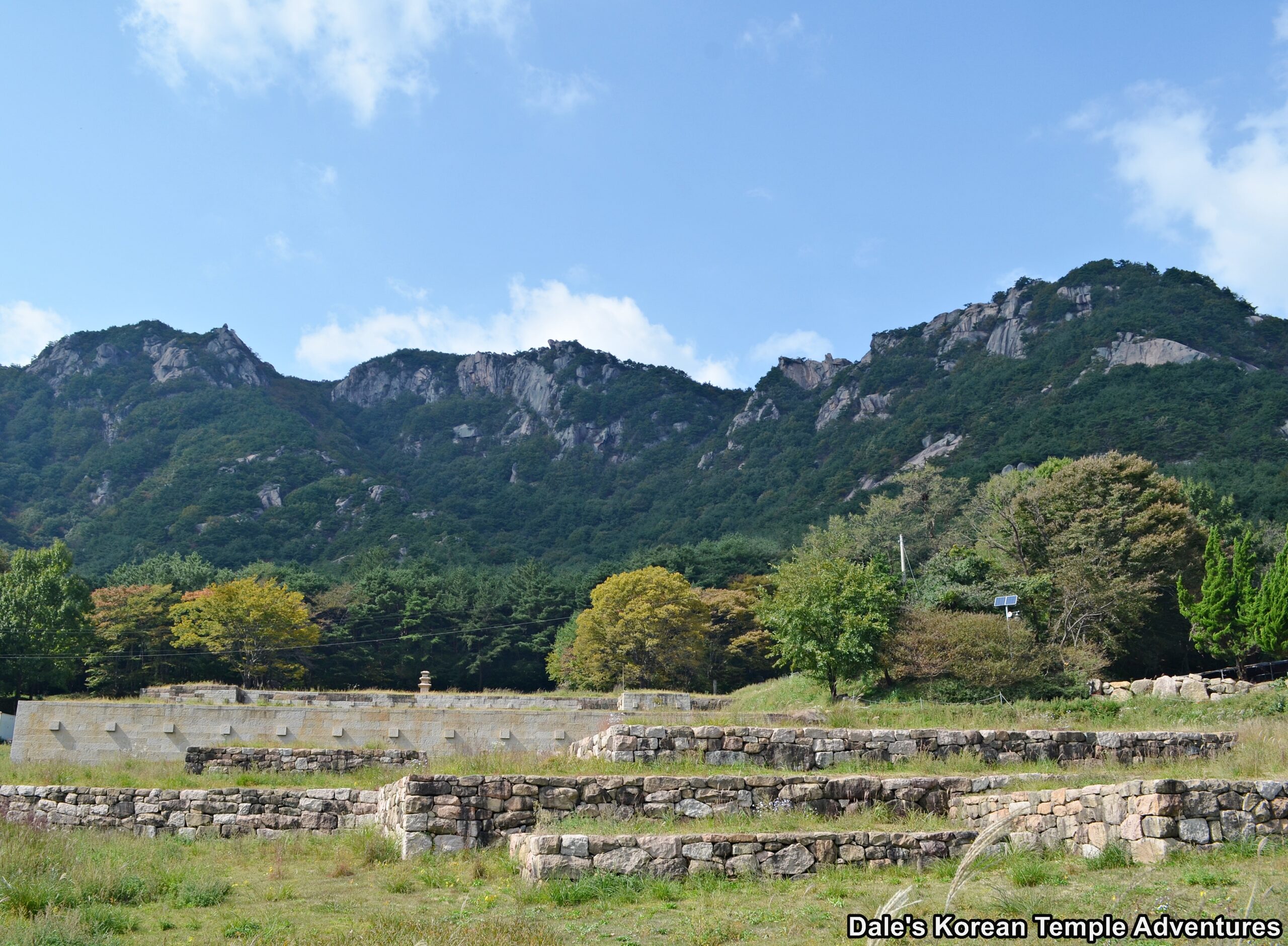
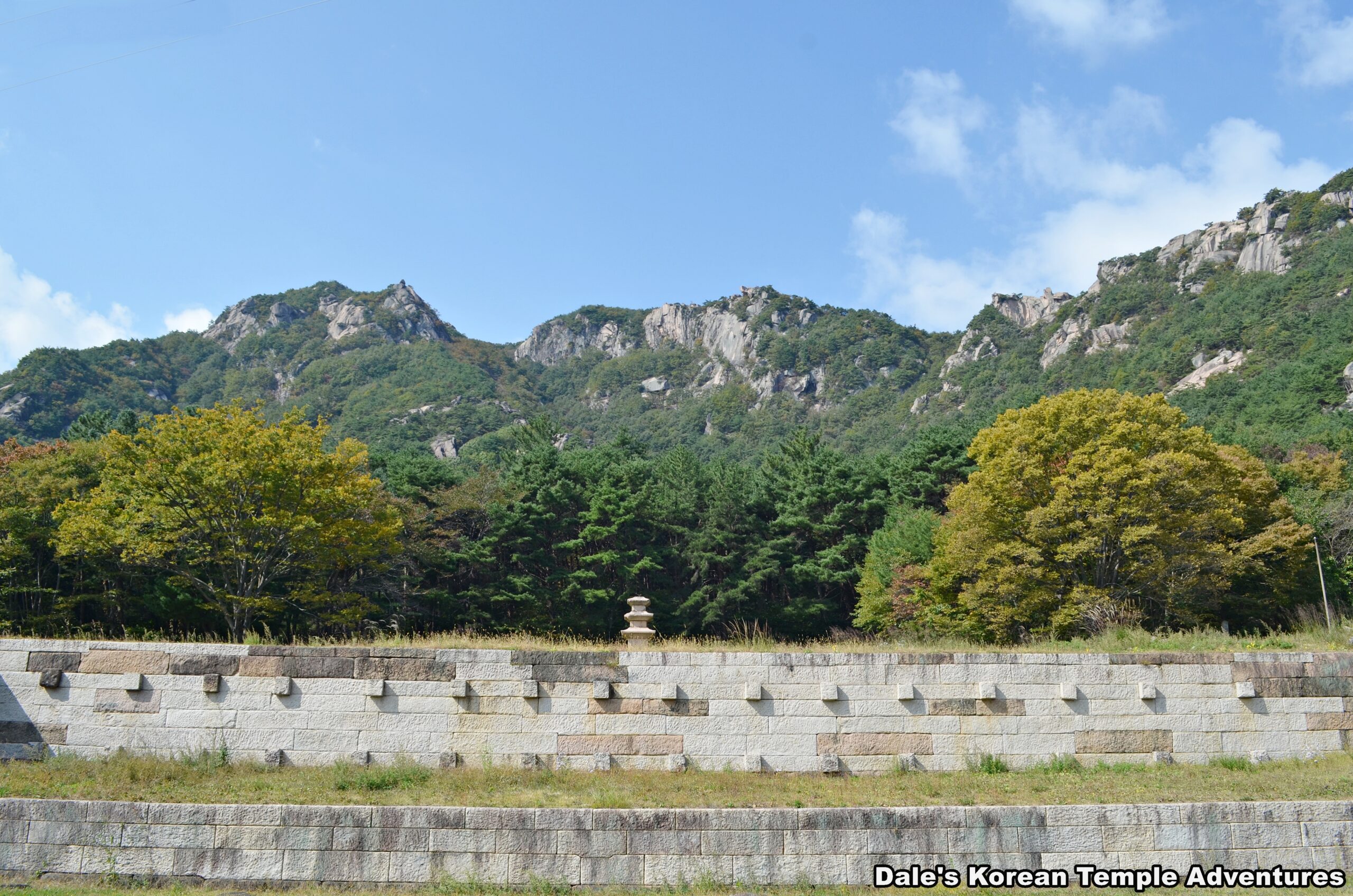
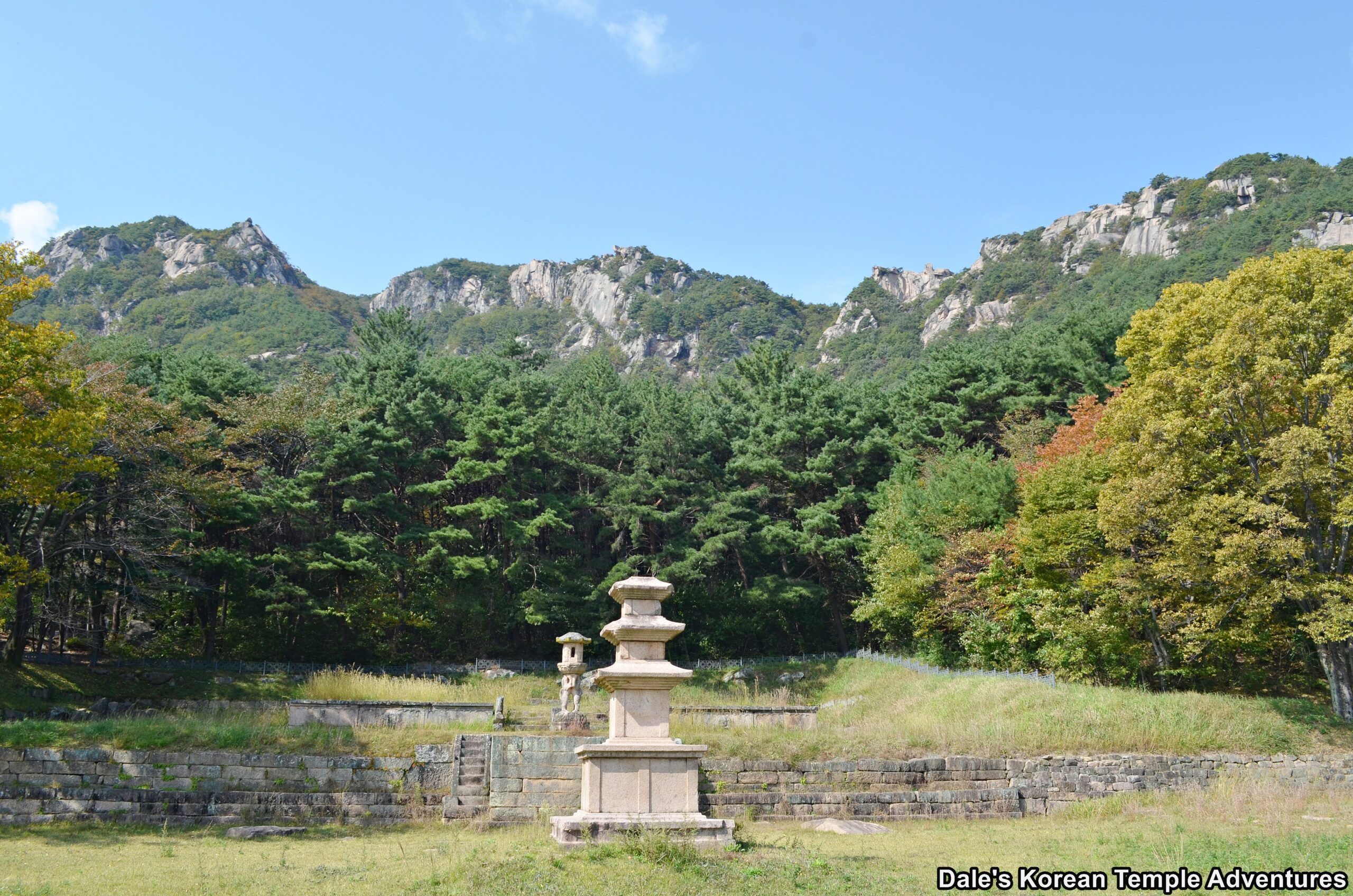
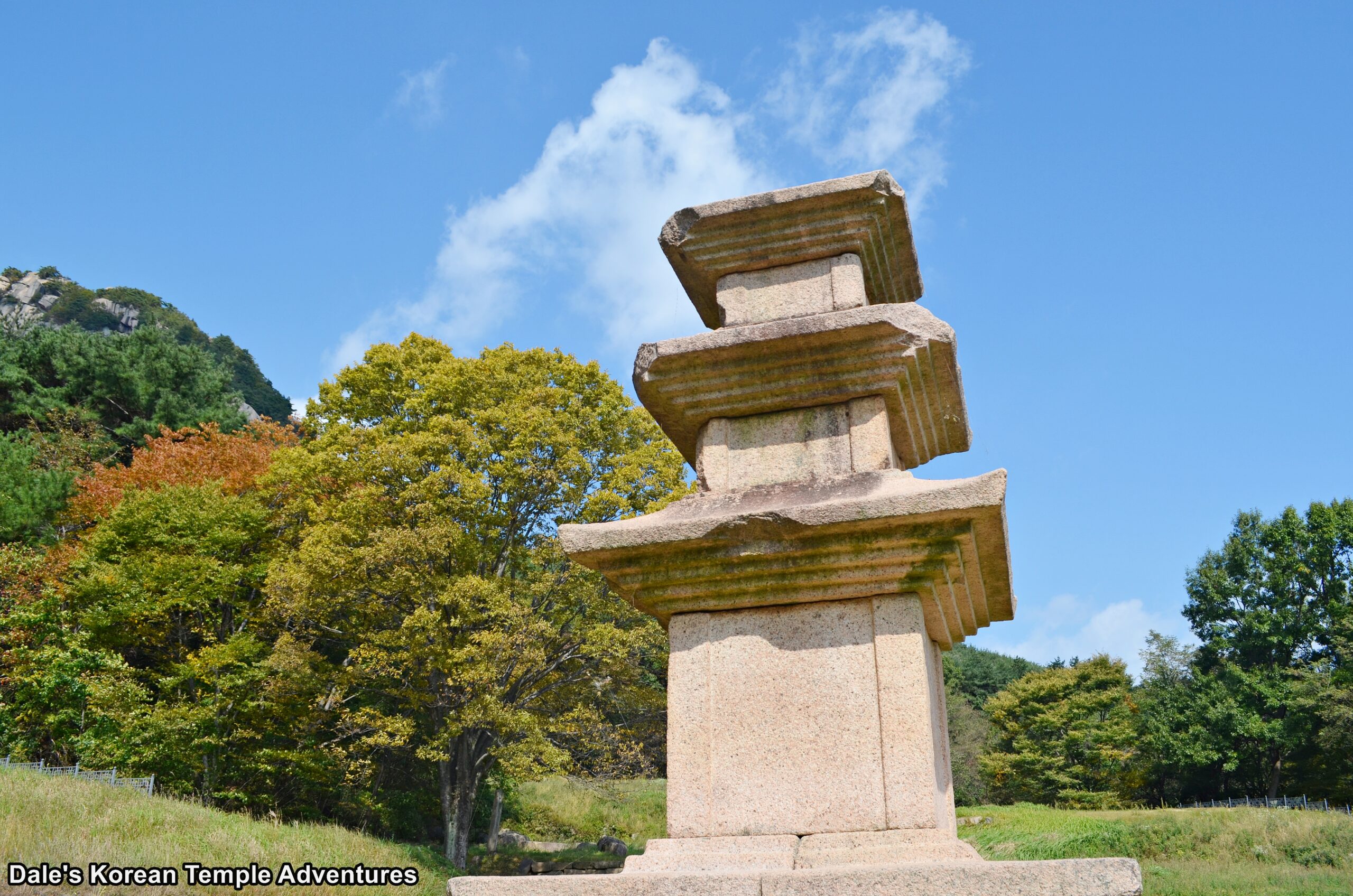
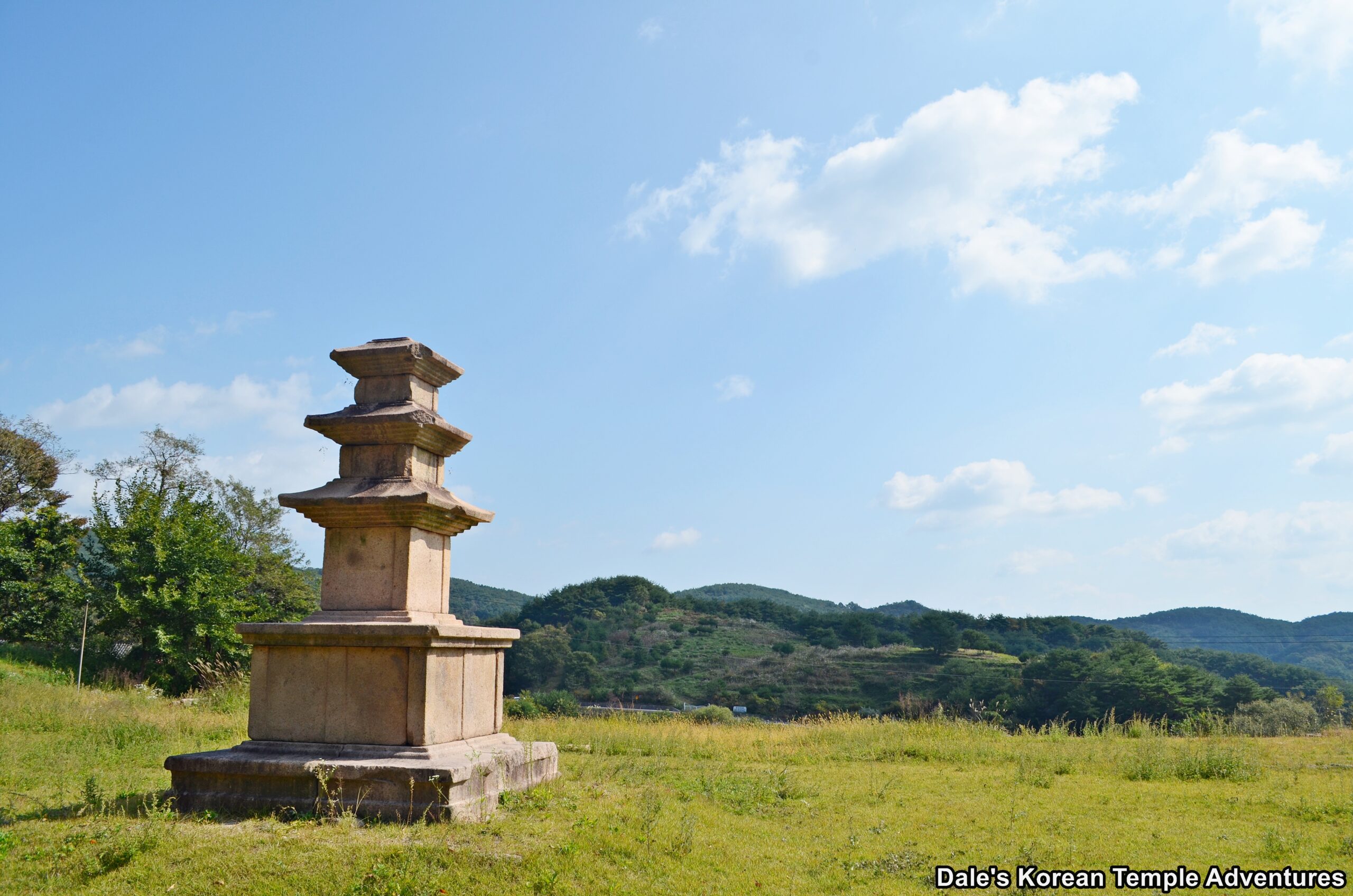
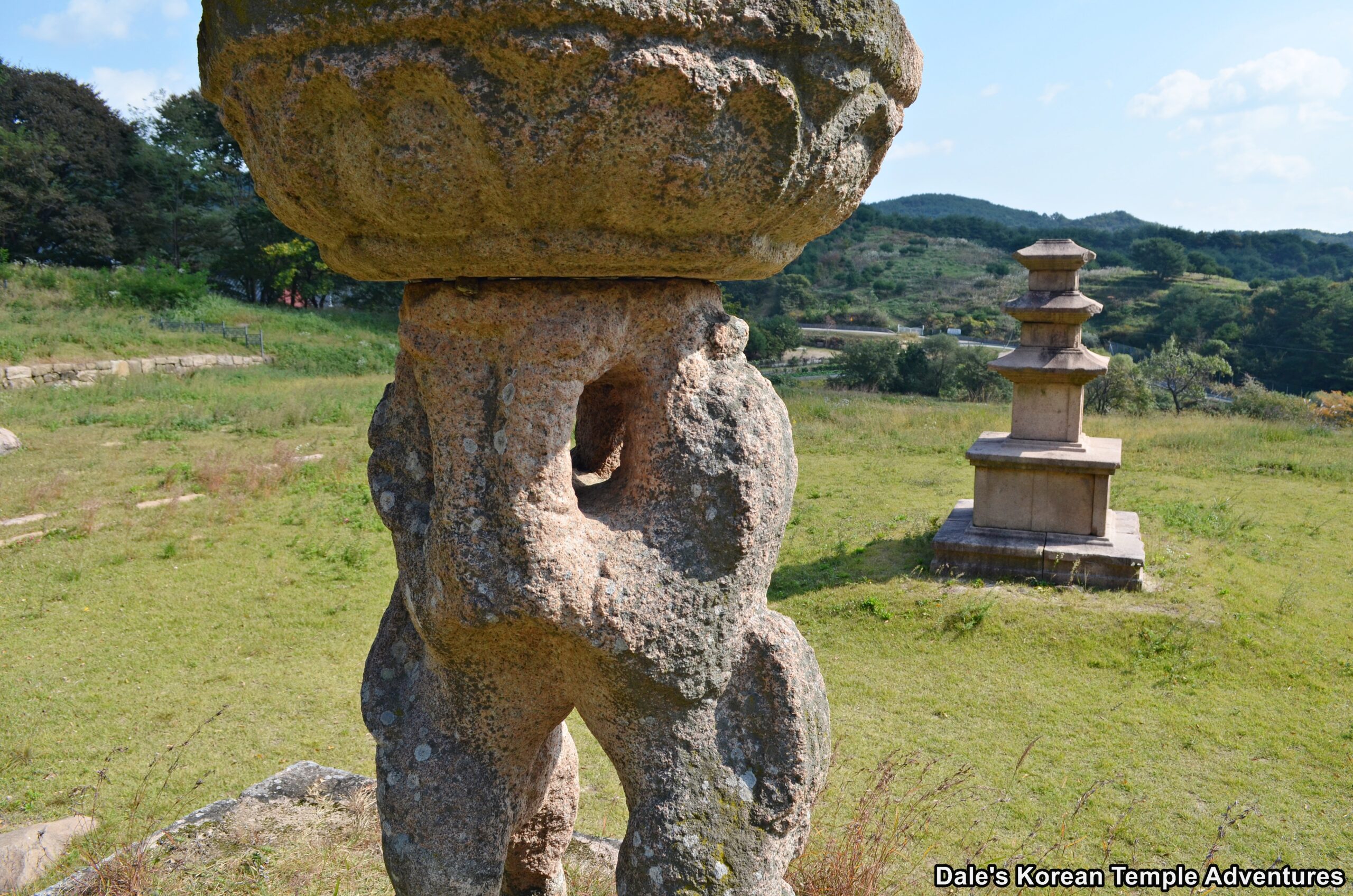
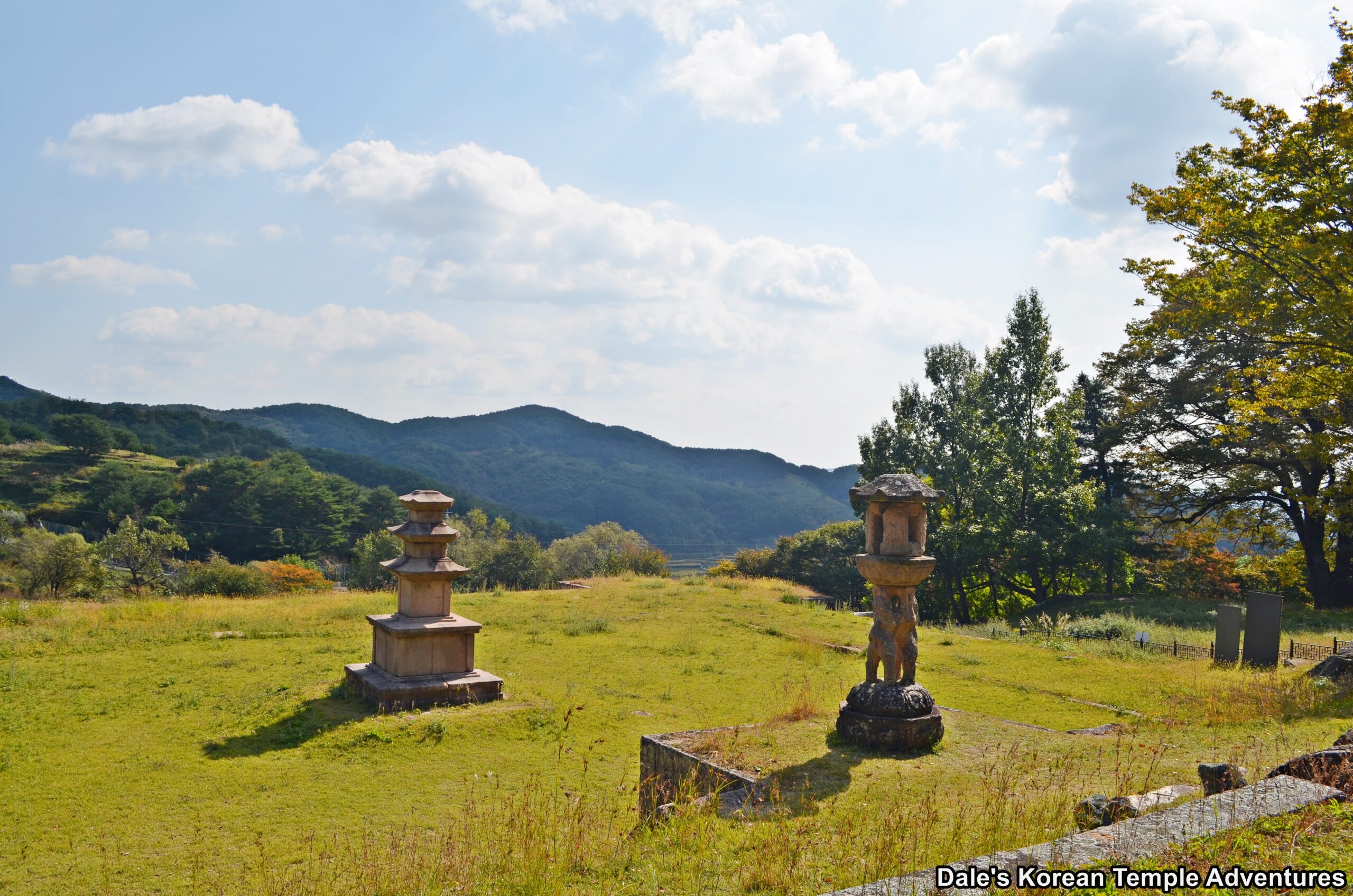
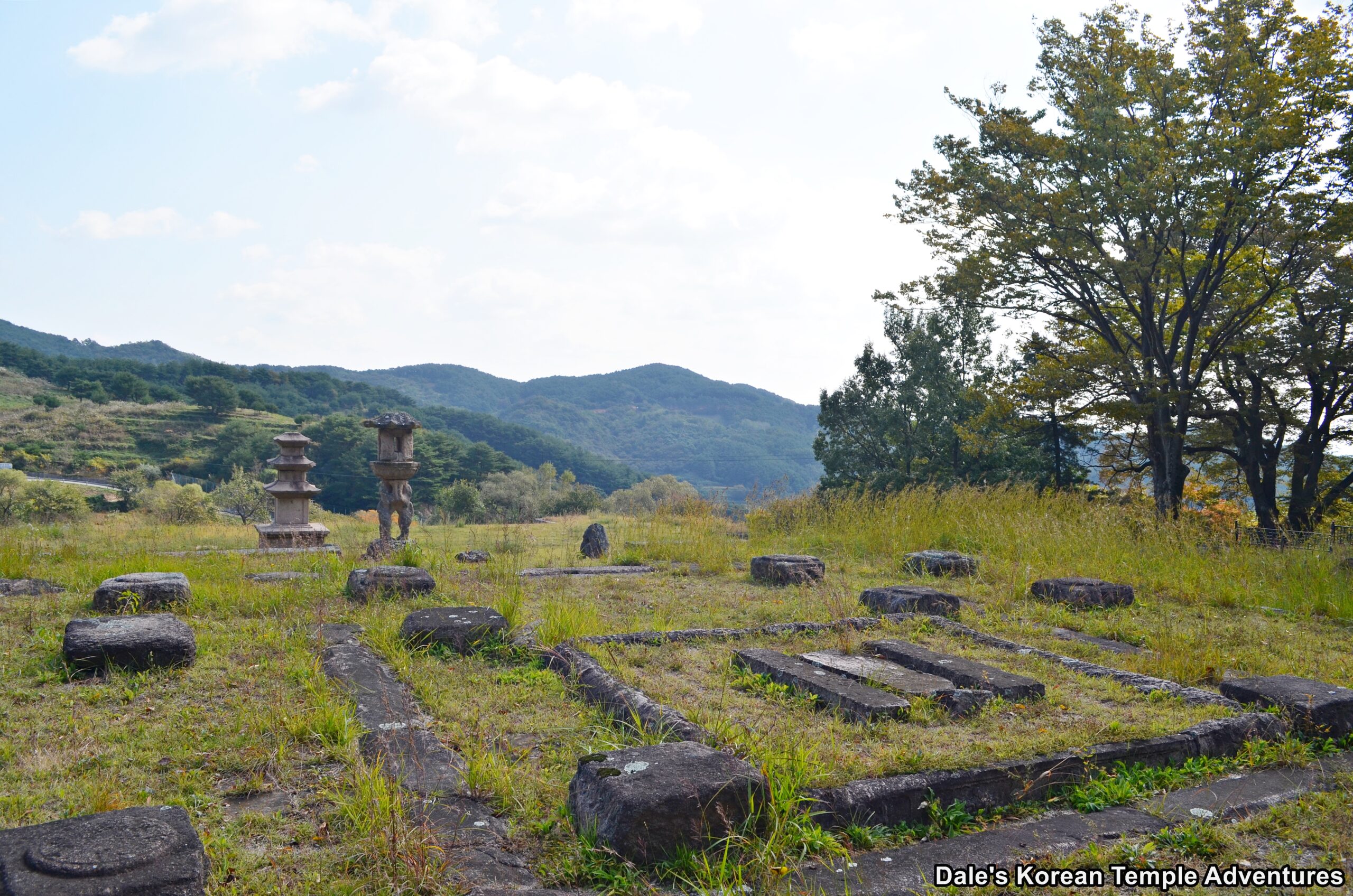
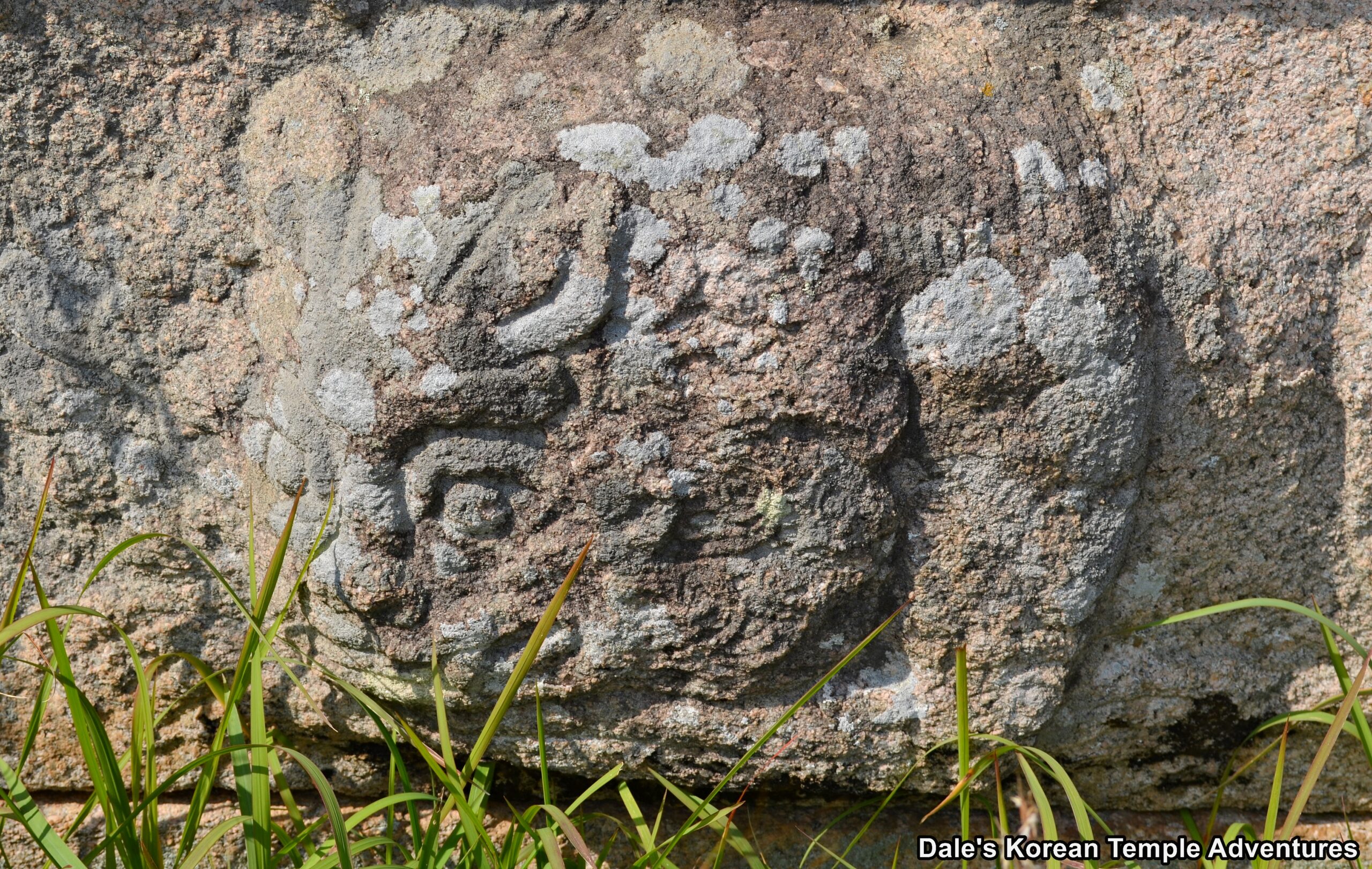
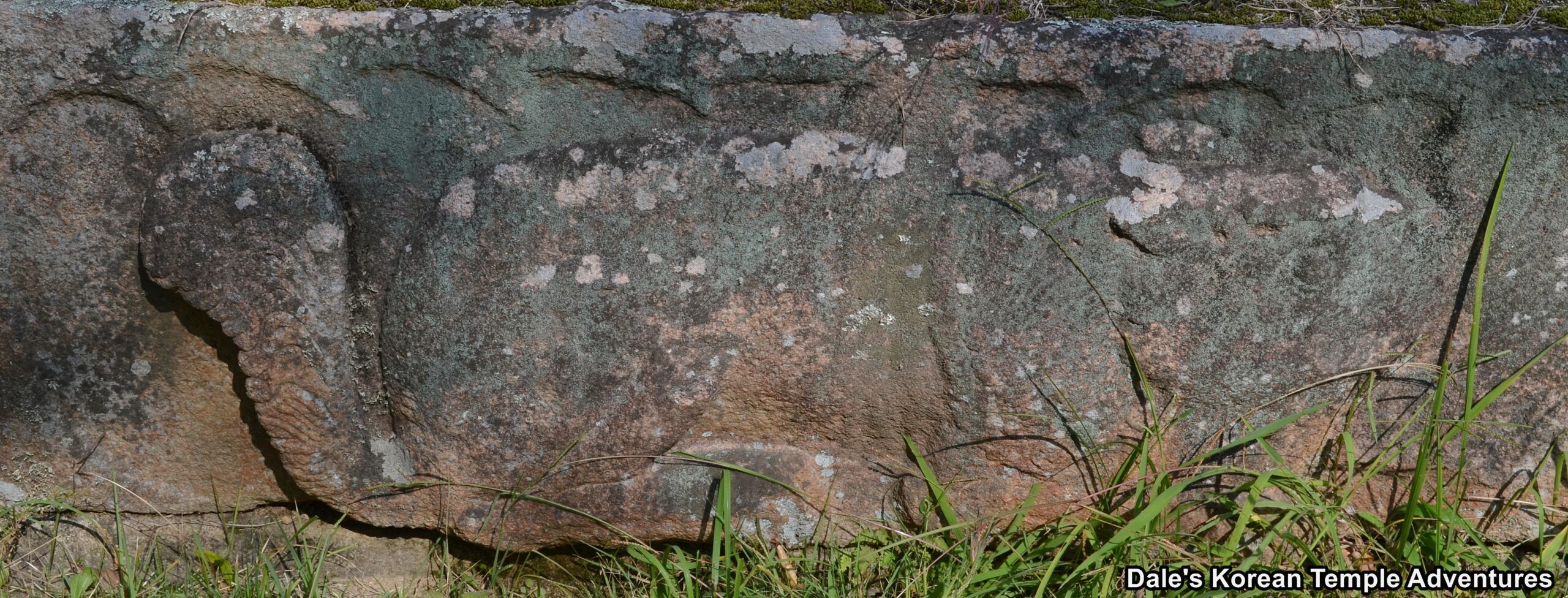
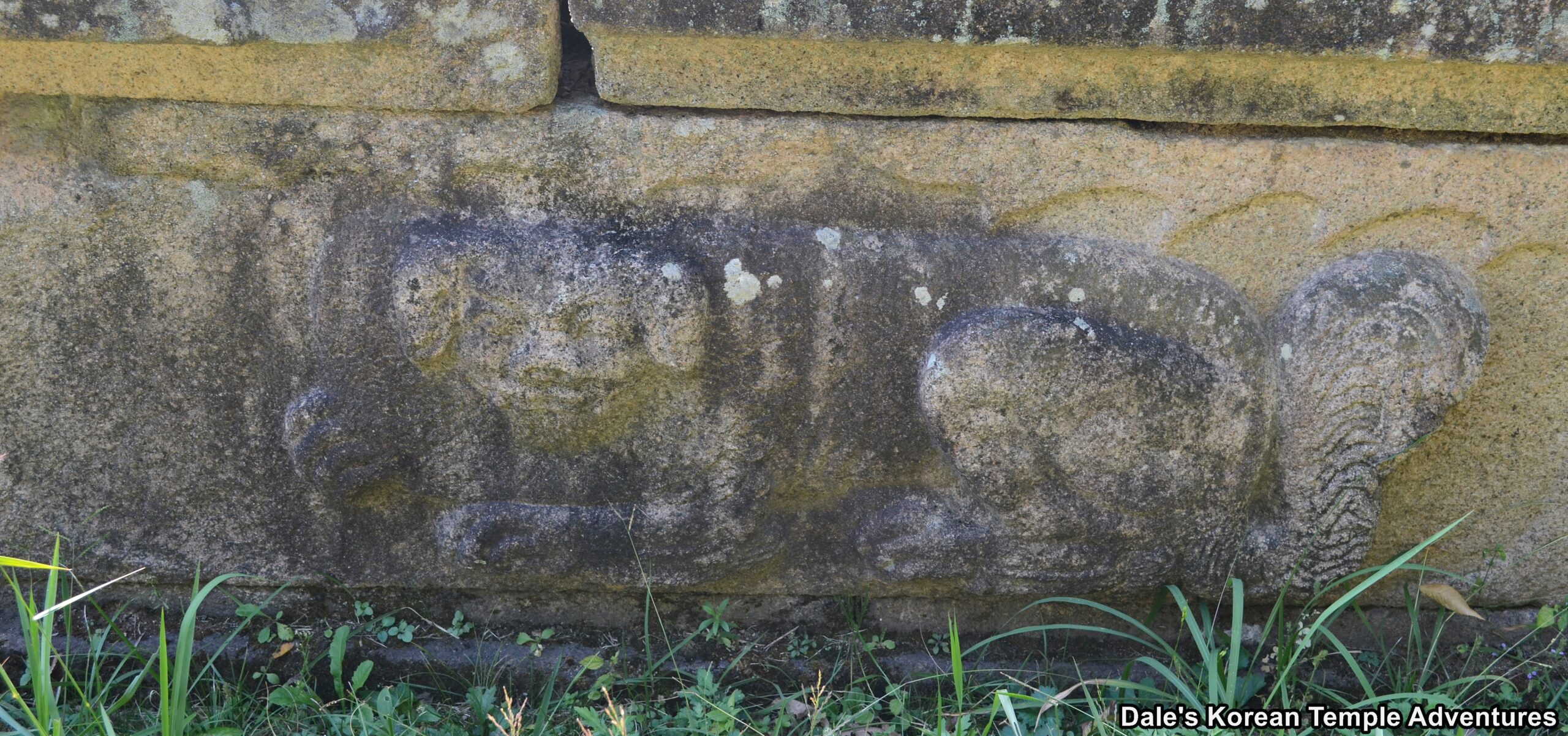
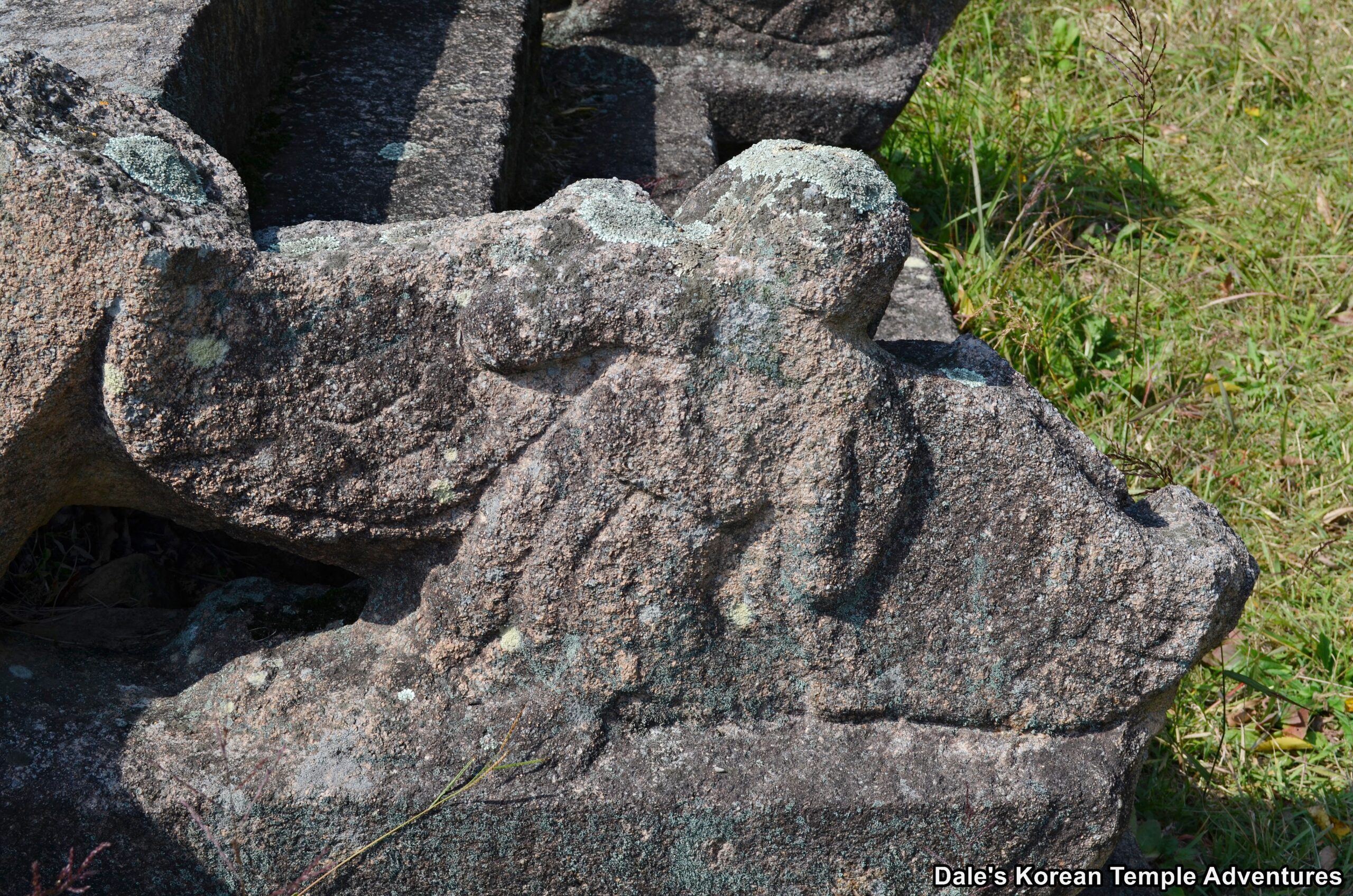
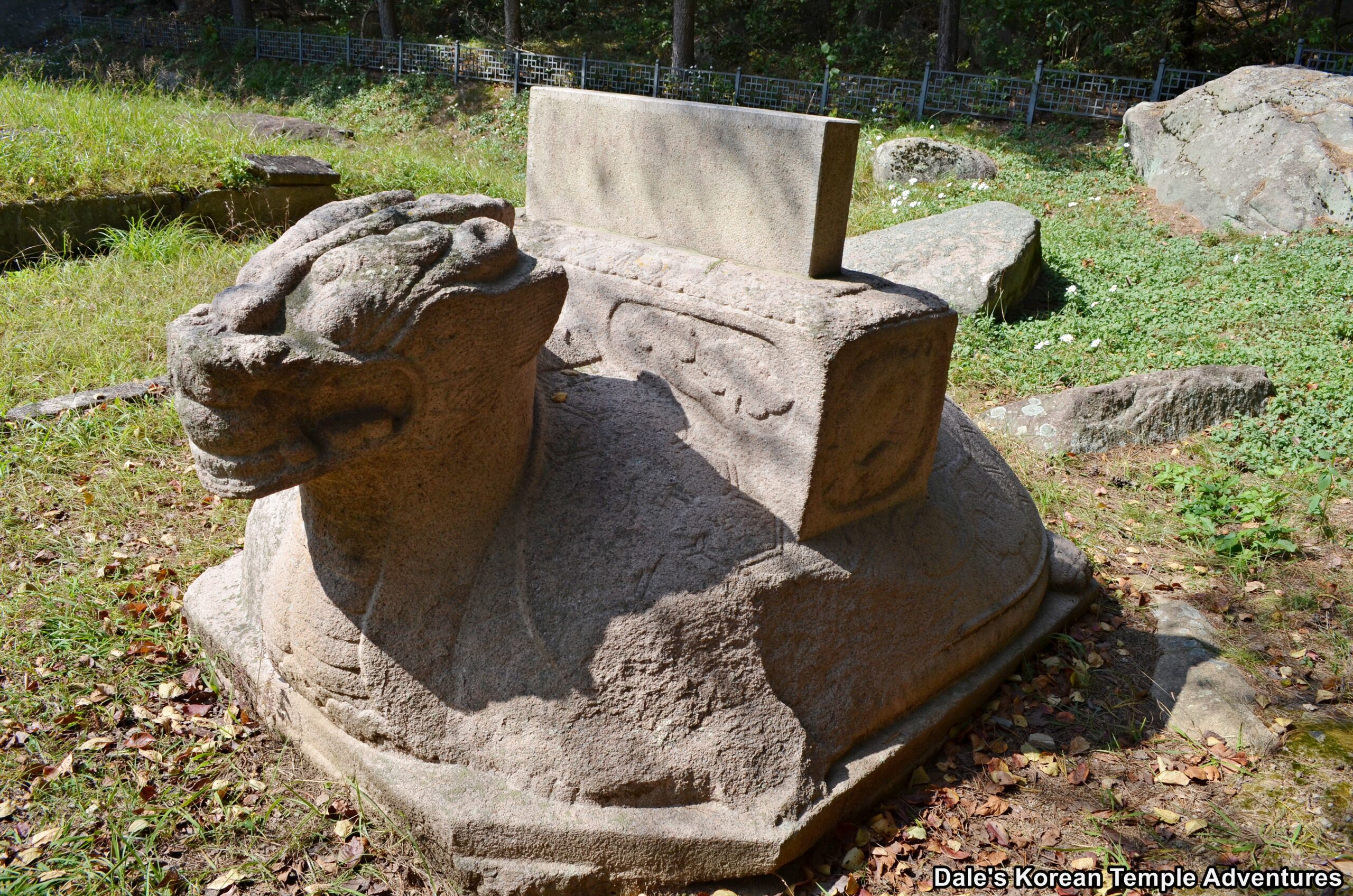
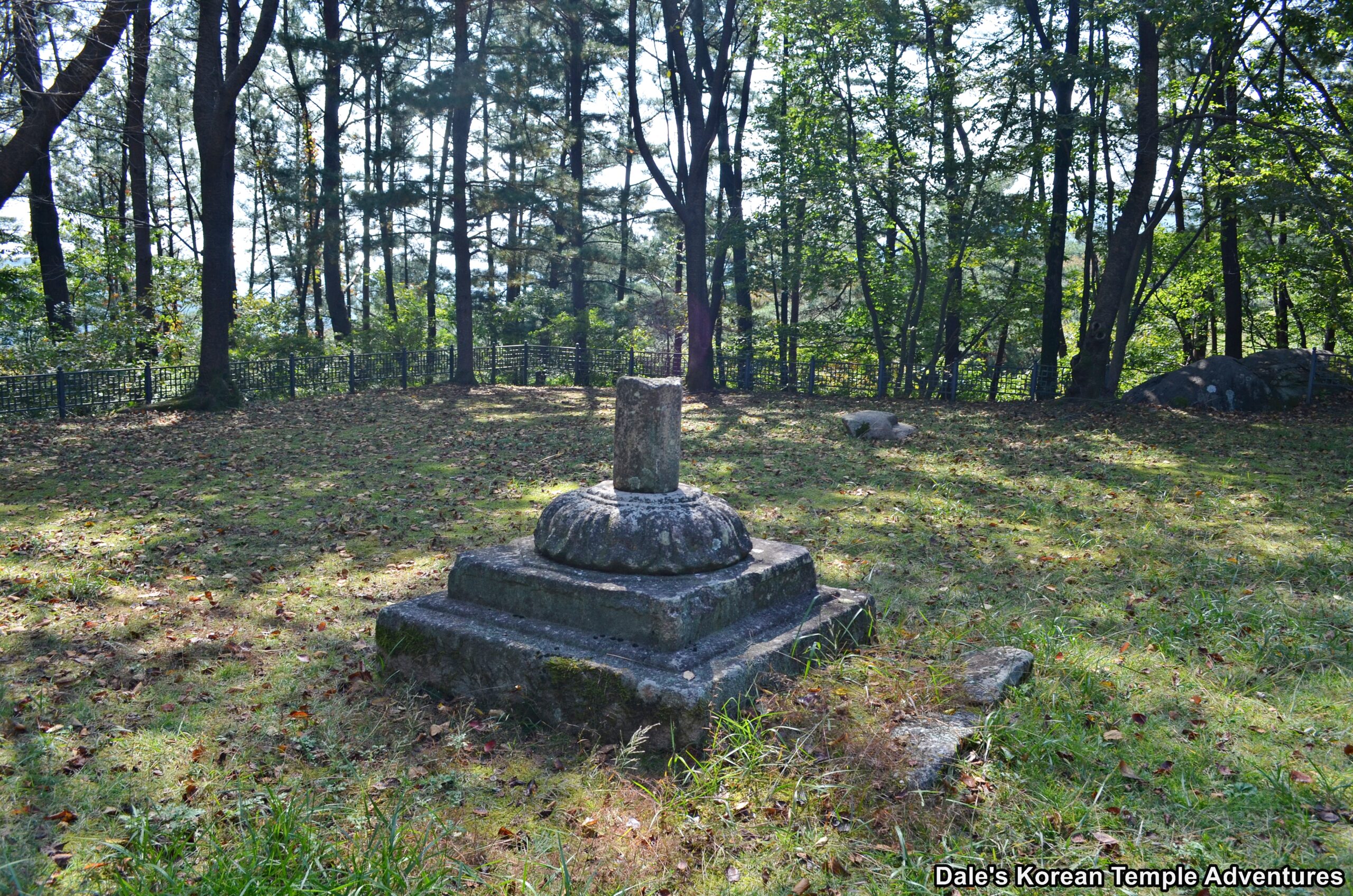

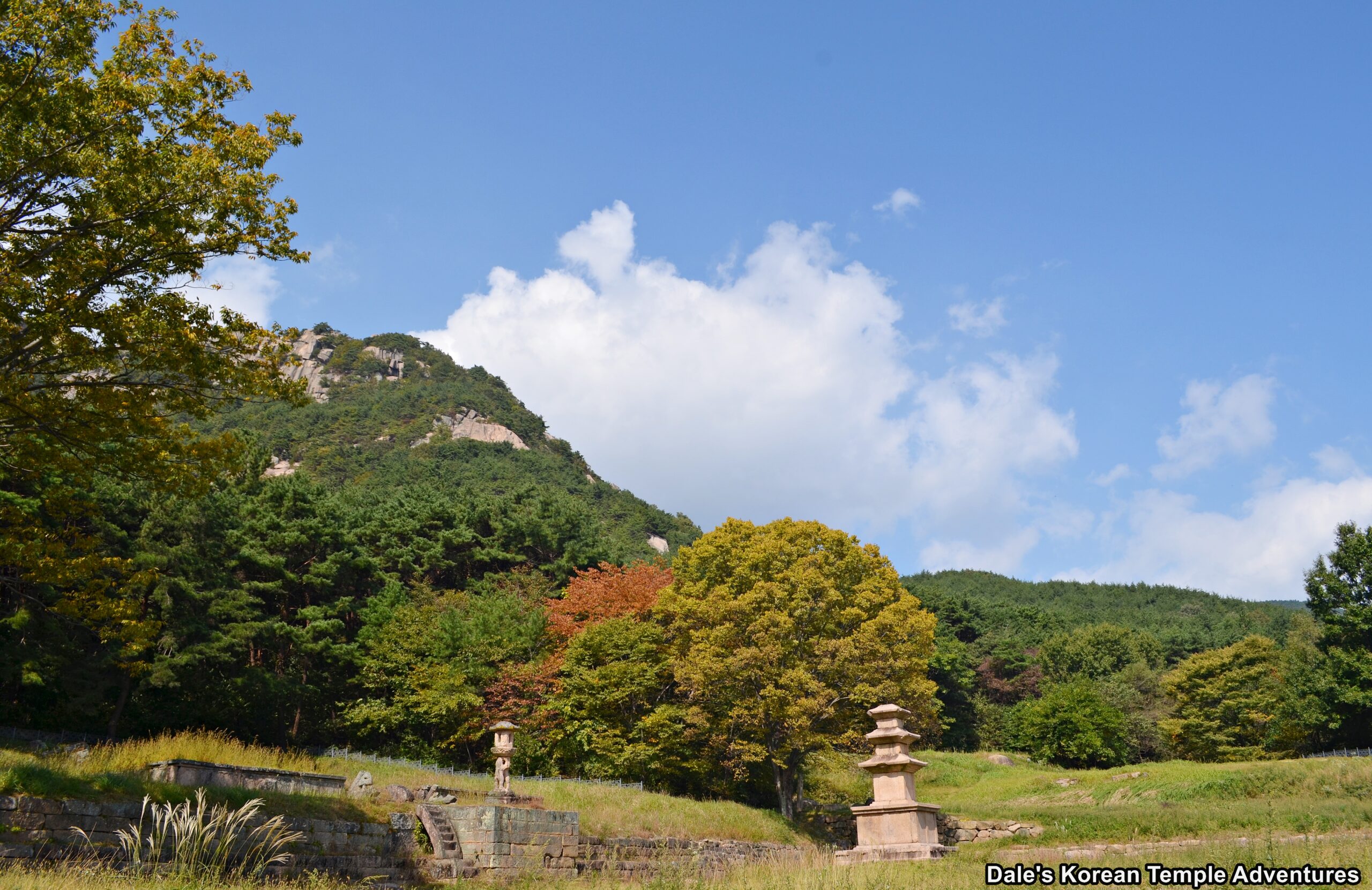


Recent comments